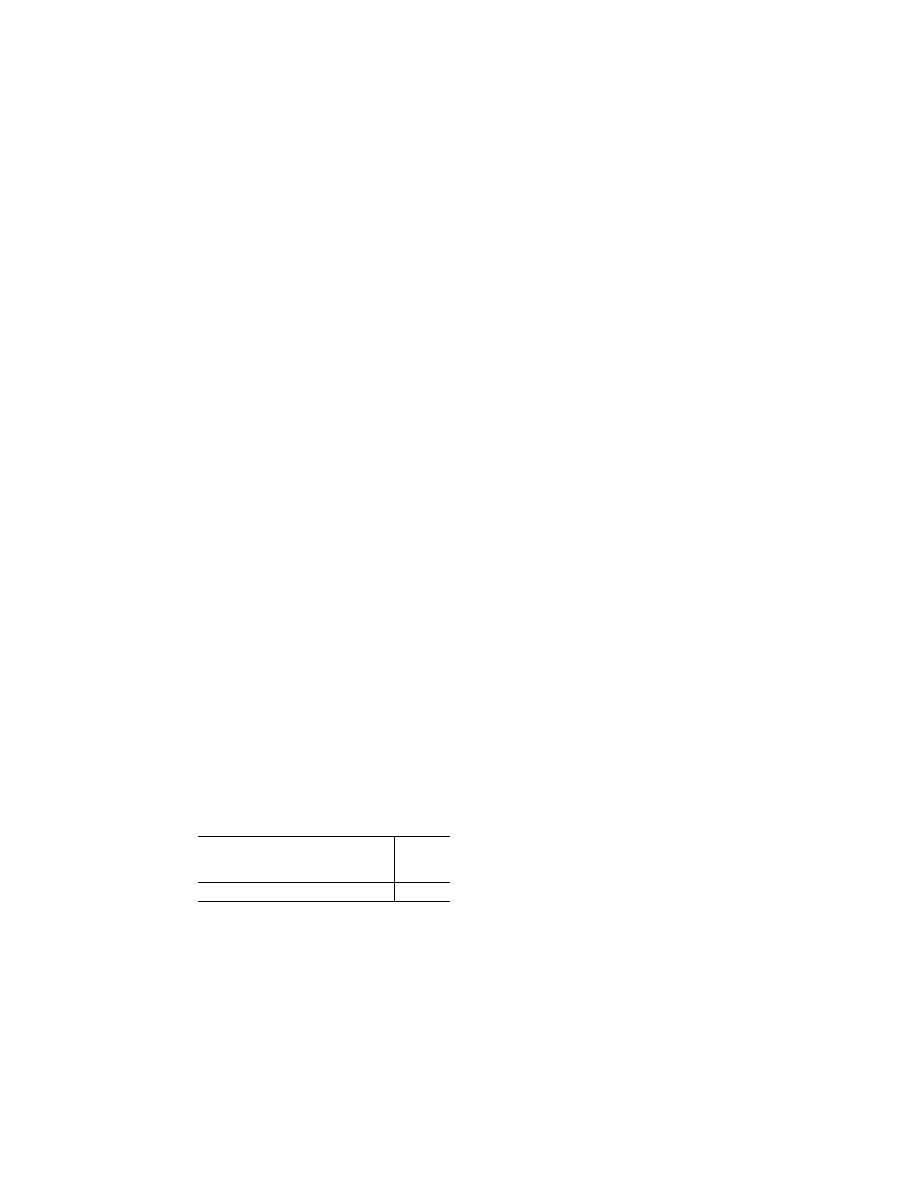
836
14 CFR Ch. I (1–1–19 Edition)
§ 171.265
procedures or to overcome an obstruc-
tion clearance problem, only in accord-
ance with the criteria specified in sub-
part C of part 97 of this chapter.
(d) The downward extended straight
portion of the ISMLS glide path must
pass through the ISMLS reference
datum at a height ensuring safe guid-
ance over obstructions and safe and ef-
ficient use of the runway served. The
height of the ISMLS reference datum
must be in accordance with subpart C
of part 97 of this chapter.
(e) The glide path equipment must
operate in the band 5220 MHz to 5250
MHz. The frequency tolerance may not
exceed
±
0.0001 percent.
(f) The emission from the glide path
equipment must be vertically polar-
ized.
(g) The glide path equipment must
provide signals sufficient to allow sat-
isfactory operation of a typical aircraft
installation insectors of 8 degrees on
each side of the centerline of the
ISMLS glide path, to a distance of at
least 10 nautical miles up to 1.75
q
and
down to 0.45
q
above the horizontal or to
such lower angle at which 0.22 DDM is
realized.
(h) To provide the coverage for glide
path performance specified in para-
graph (g) of this section, the minimum
peak field strength within this cov-
erage sector must be
¥
82 dBW/m
2
. The
peak field strength must be provided
on the glide path down to a height of 30
meters (100 feet) above the horizontal
plane containing the threshold.
(i) Bends in the glide path may not
have amplitudes which exceed the fol-
lowing:
Zone
Amplitude
(DDM) (95
pct. prob-
ability)
Outer limit of coverage to ISMLS point ‘‘C.’’ .....
0.035.
The amplitude referred to is the DDM
due to bends as realized on the mean
ISMLS glide path correctly adjusted.
In regions of the approach where
ISMLS glide path curvature is signifi-
cant, bend amplitude is calculated
from the mean curved path, and not
the downward extended straight line.
(j) Guidance modulation must be im-
pressed on the microwave carrier of the
radiated glide slope signal in the form
of a unique summation of 90 Hz and 150
Hz sinusoidal modulation cor-
responding to the point direction of the
particular beam which radiates the sig-
nal. Each of the effective beam posi-
tions must be illuminated in sequence
for a short time interval. The scan rate
must be synchronous with the 90 and
150 Hz tone base. The modulation im-
pressed on each beam must be a sample
of the combined 90 Hz and 150 Hz wave-
form appropriate for that particular
beam direction and time slot. The ac-
tual modulation must be accomplished
by appropriately varying the length of
time the carrier is radiated during each
beam illumination interval.
(k) The nominal depth of modulation
of the radio frequency carrier due to
each of the 90 Hz and 150 Hz tones must
be 40 percent along the ISMLS glide
path. The depth of modulation may not
deviate outside the limits of 37.5 per-
cent to 42.5 percent.
(l) The following tolerances apply to
the frequencies of the modulating
tones:
(1) The modulating tones must be 90
Hz and 150 Hz within 2.5 percent.
(2) The total harmonic content of the
90 Hz tone may not exceed 10 percent.
(3) The total harmonic content of the
150 Hz tone may not exceed 10 percent.
(m) At every half cycle of the com-
bined 90 Hz and 150 Hz wave form, the
modulation must be phase-locked so
that, within the ISMLS half glide path
sector, the demodulated 90 Hz and 150
Hz wave forms pass through zero in the
same direction within 20 degrees of
phase relative to the 150 Hz component.
However, the phase need not be meas-
ured within the ISMLS half glide path
sector.
(n) The nominal angular displace-
ment sensitivity must correspond to a
DDM of 0.0875 at an angular displace-
ment above and below the glide path of
0.12
q
. The glide path angular displace-
ment sensitivity must be adjusted and
maintained within
±
25 percent of the
nominal value selected. The upper and
lower sectors must be as symmetrical
as practicable within the limits pre-
scribed in this paragraph.
(o) The DDM below the ISMLS glide
path must increase smoothly for de-
creasing angle until a value of 0.22
DDM is reached. This value must be
VerDate Sep<11>2014
08:20 May 17, 2019
Jkt 247048
PO 00000
Frm 00846
Fmt 8010
Sfmt 8010
Y:\SGML\247048.XXX
247048